Easy Fermented Pineapple Tepache Drink Recipe
Not only is Tepache a healthy and delicious way to get some extra probiotics into your diet, it’s also great way to utilize the scraps (like pineapple skins) from your pineapple! Learn how to make this Easy Fermented Pineapple Tepache Drink Recipe with 2 ingredients in just 3 days and have a homemade sparkling soft drink without any of the unhealthy ingredients!
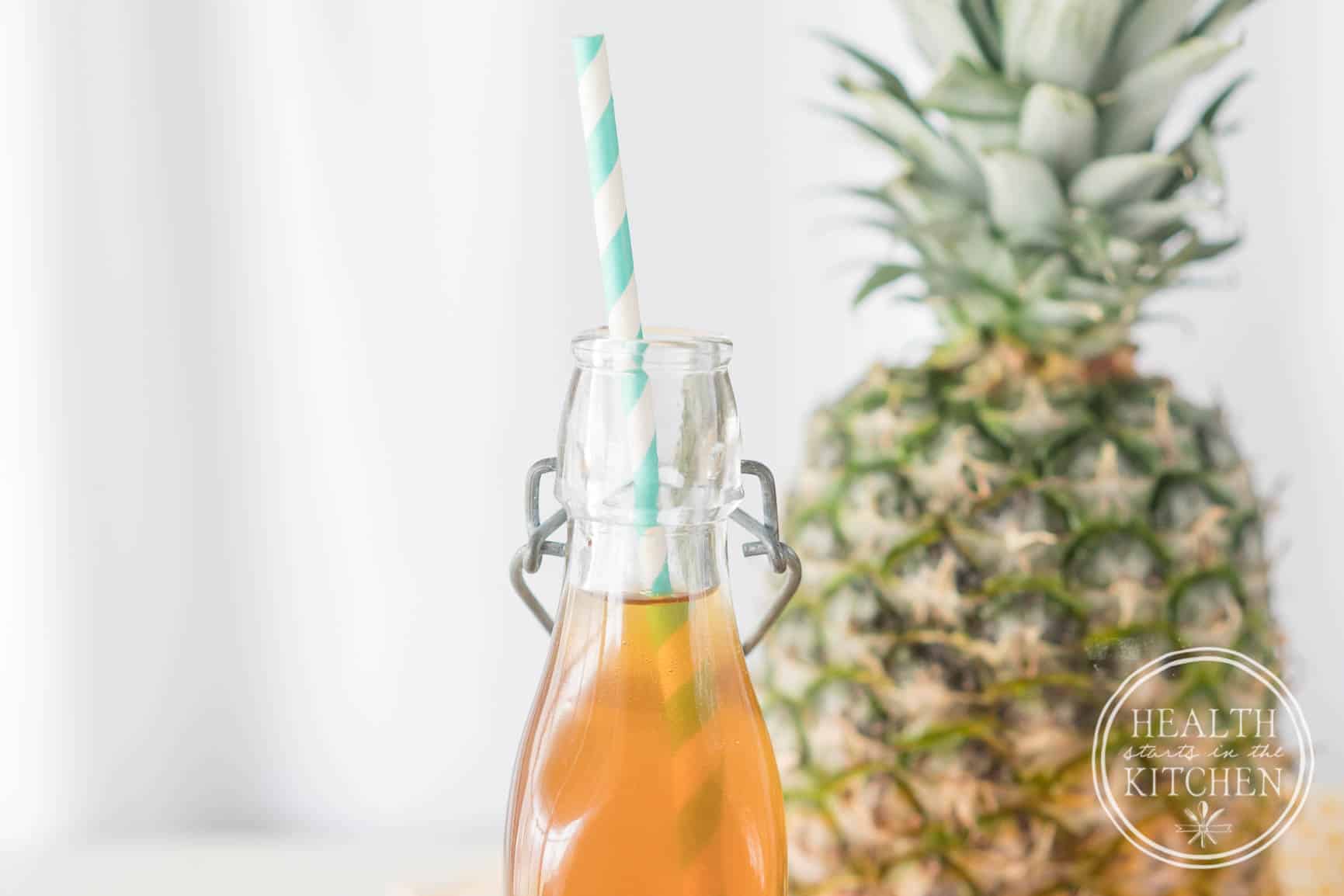
One thing I’ve become very versed in over the past 12 years since I started this blog is Fermented Foods. Did you know that I have 2 published cookbooks? Fermented Foods at Every Meal is dedicated to teaching you why Fermented Foods are beneficial and how to easily sneak them into every meal!!
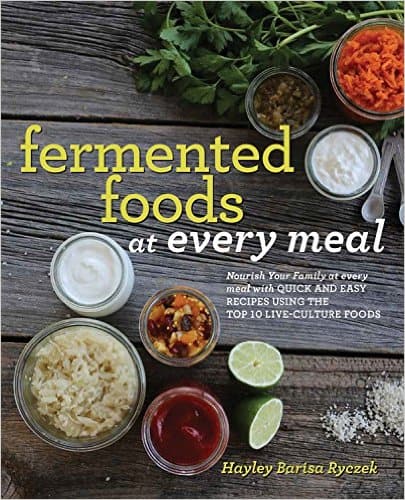
What is Tepache?
In Mexico, tepache is usually sold as a chilled drink by street vendors. In the U.S., it is sold in juice bars in the Mexican American communities of the Southwestern United States. Tepache is becoming more popular with old fashioned preservation techniques like Fermentation, becoming a main stream cooking skill in average kitchens now!
The fermentation process for making tepache is simple and quick, which makes tepache a drink readily produced at home and with an easy addition, you can transform traditional Tepache into a sparkling beverage! Not to be confused with pineapple beer or pineapple vinegar.
Tepache Ingredients
You only need 2 ingredients to make the Fermented Mexican drink called Tepache:
- Pineapple skins, ripe pineapple rinds, pineapple peels, core of the pineapple & scraps; ie the stuff leftover after you prepare pineapple flesh to eat or when preparing homemade pineapple juice.
- Sugar, traditionally piloncillo is used but brown sugar, cane sugar and demera sugar are ok too.
You also need water, but that’s technically not an ‘ingredient’ as far as recipes and counting goes, but it’s worth mentioning.
How to make Tepache Fermented Pineapple Drink
Simply combine sugar water with skin or the pineapple or other scraps (i.e. the outter rind that you remove when cutting up a pineapple chunks) in a large jar. (traditionally made in a clay pot, but we don’t need to source any specialty equipment!!) The wild yeasts that are naturally present in the air, will do the rest!
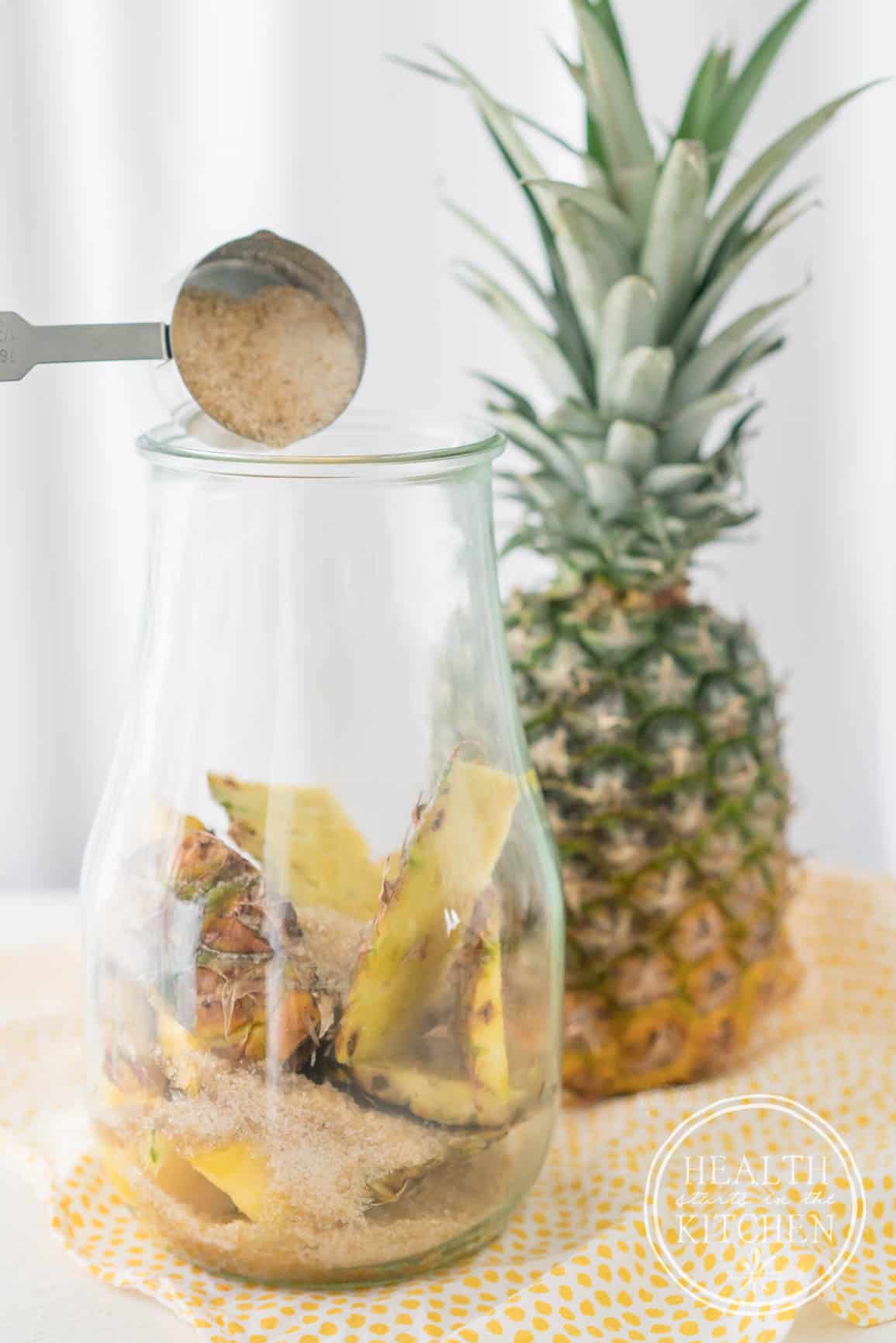
Add Water to the pitcher and stir to combine with a wooden spoon. If all the sugar isn’t dissolved immediately, don’t worry it will melt as it sits for a couple of days.
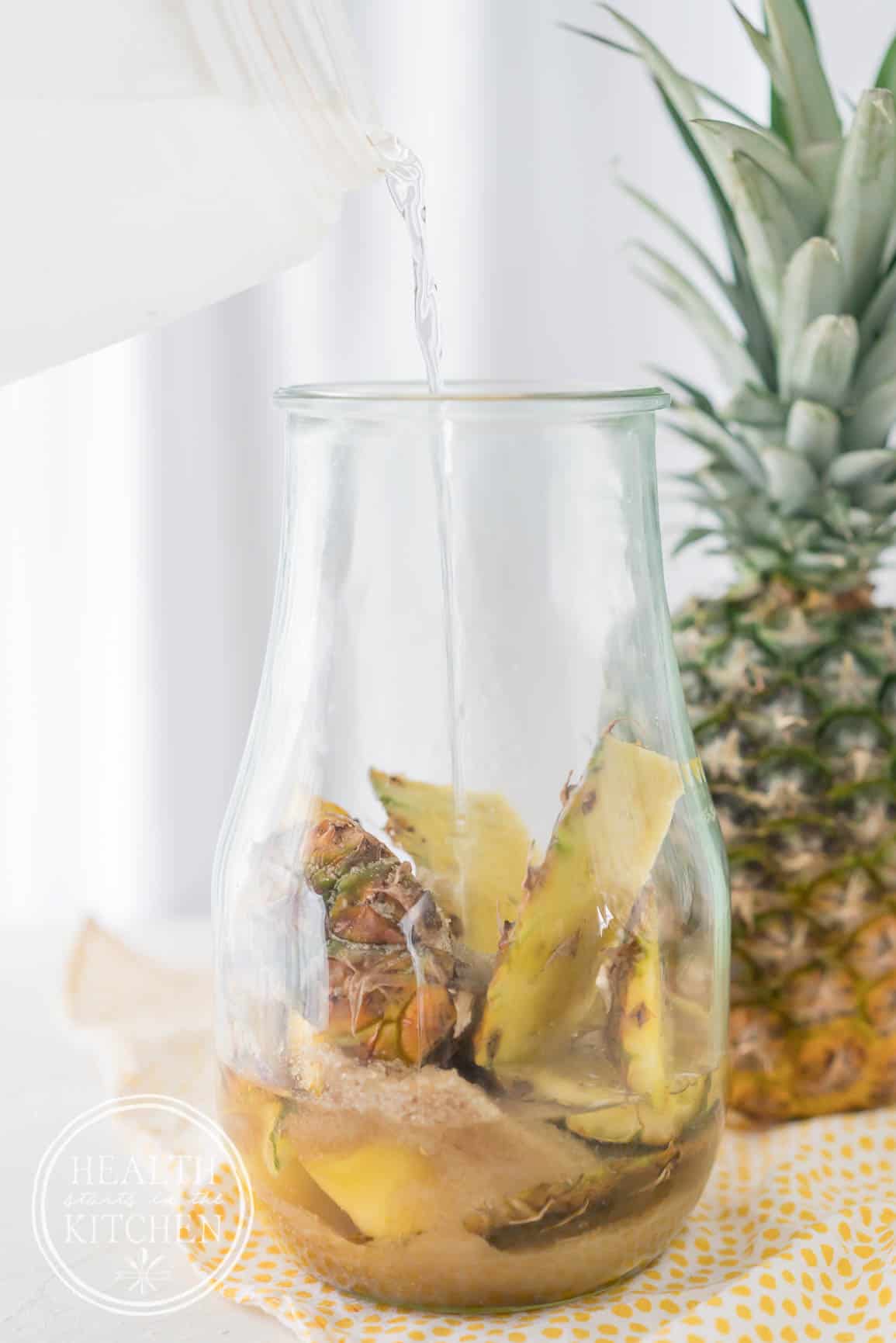
Use a another jar or fermentation weight to keep the solids submerged in the liquid in the glass jar.
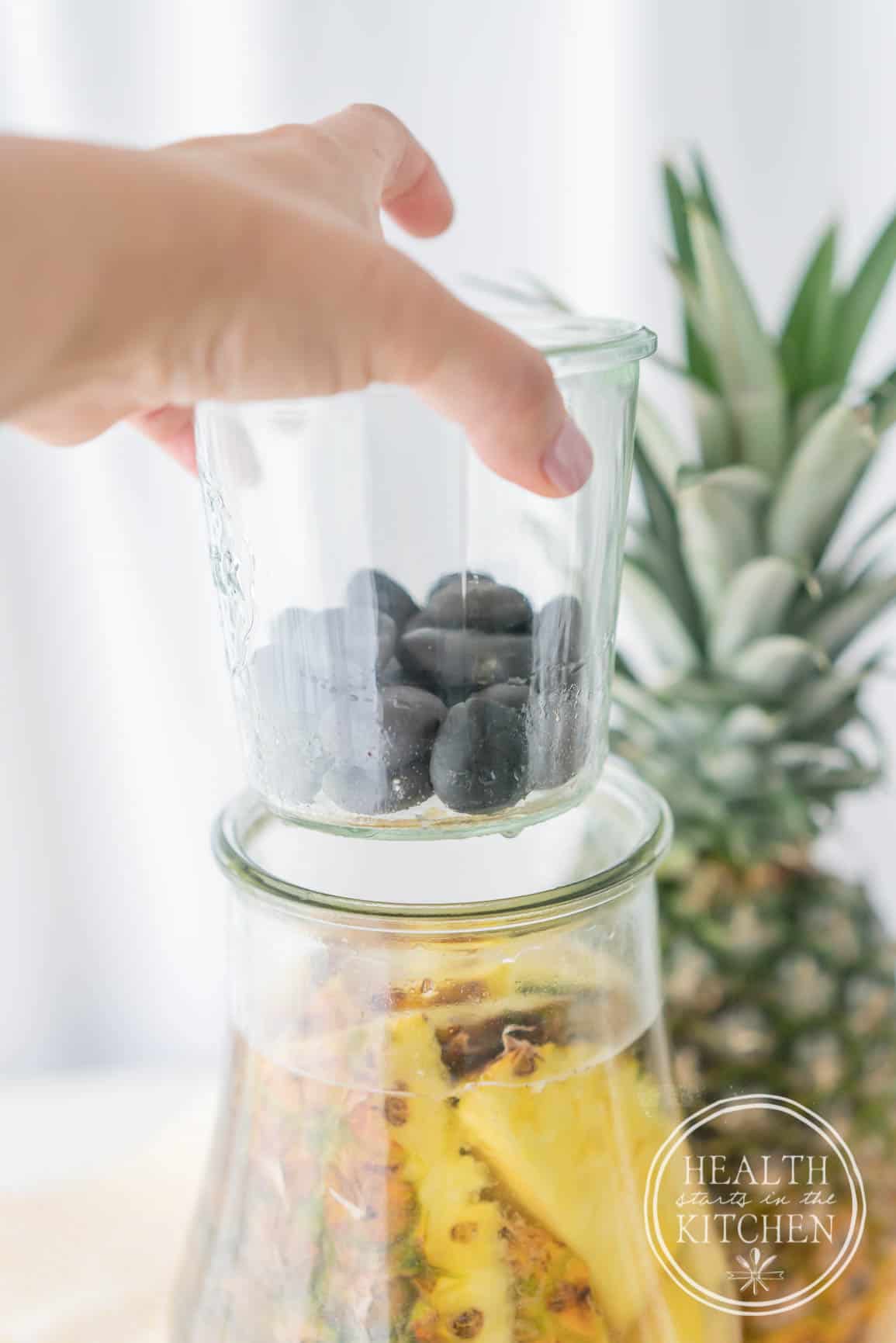
Allow your Tepache Fermented Pineapple Drink to sit at room temperature for 3 days. If desired cover the top with a kitchen towel, cheesecloth, dish towel or cheese cloth, if you notice any fruit flies. Keep the jar in a warm place but out of direct sunshine.
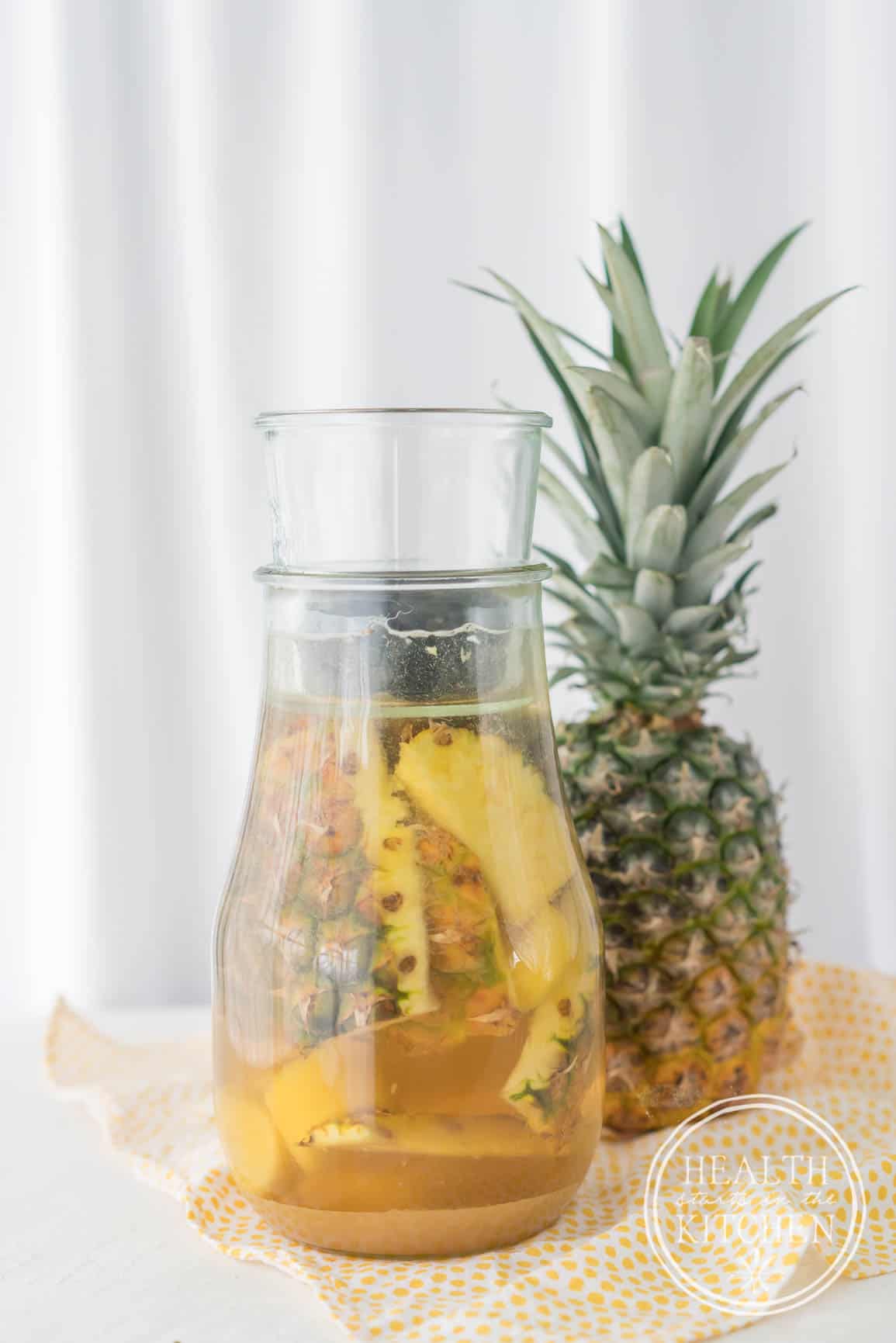
You will notice bubbles forming and some light white foam, this is all the bi product of the natural yeasts that are made as apart of the fermentation process where there bacteria release carbon dioxide. This is what transforms to sugars into probiotics and a very very low alcohol content. That’s the good bacteria that we are looking to create!!
How to make Tepache Sparkling
Tepache can be consumed flat, immediately following fermentation. but I highly recommend doing this 2nd step that makes this a sparkling, bubbling beverage. (Just like when making kombucha we do a 2nd ferment that makes it sparkling too! )
To do a second fermentation of your fermented pineapple drink, Strain your tepache to remove all solids and any white froth, then transfer to a bottle swing top bottle and let set at room temperature for 1 day in a warm spot in your kitchen (not in direct sunlight), this additional fermentation time in a sealed bottle is what gives it that sparkling carbonation. Chill for 24 hours prior to enjoying for the best flavor. This is also when I would add any spices like a star anise, cinnamon stick, whole cloves, slices of fresh ginger, etc to taste.
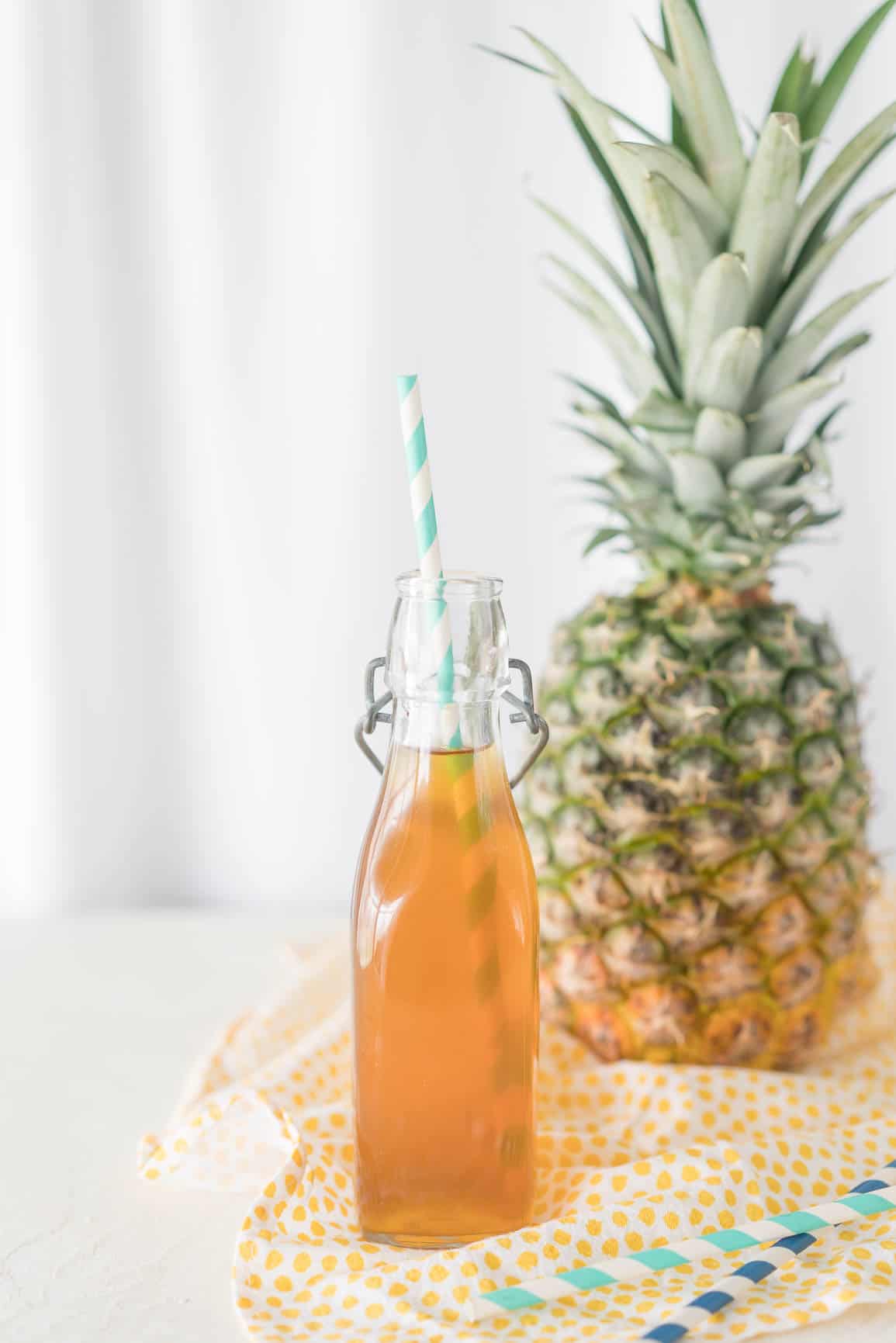
Tepache FAQs
Can Tepache get you drunk?
As a part of the fermentation process, tepache will yield a very low alcohol content, similar to kombucha but no it will not get you drunk!
Is tepache the same as Kombucha?
Tepache and kombucha final beverages may seem similar but they are not the same. Kombucha relies on a specific type of bacteria introduced by using a SCOBY to start the fermentation where as tepache is fermented using naturally occurring yeasts.
Can I drink Tepache everyday?
Of course you can drink fermented beverages like Tepache everyday! This goes with other drinks like kombucha, kefir and kvass too. I do caution you to go slowly when introducing any new fermented foods to your diet, they can cause digestive upset when consumed in large quantitates initially, Go slow and drink small amounts to start.
Should I use Organic Pineapple Tepache?
Using organic fruits and vegetables is always ideal, when possible. Pesticides can be unhealthy and should be avoided for ultimate health. However there are times when you cannot locate organic or they are simply too expensive, conventional pineapple will still work and be totally ok to consume.
If you like this Tepache Recipe, try these Pineapple Recipes next:
- Grilled Pineapple Shrimp Ceviche
- Grilled Pineapple Salsa
- Pineapple Basil Limeade
- Fermented Pineapple Salsa
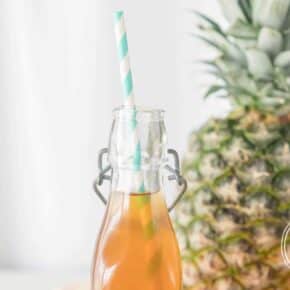
Ingredients
- 1 medium pineapple SCRAPS
- 1 cup demera sugar
- Water, filtered
Instructions
- Place pineapple scraps, sugar and water in a roughly 1/2 gallon jar. Weight down the solids to keep them subemerged, allow to ferment for 3 days.
- Strain and transfer to a air tight bottle (swing top) and ferment for 1 more day.
- Transfer to the refrigerator and chill for 24 hours before serving.

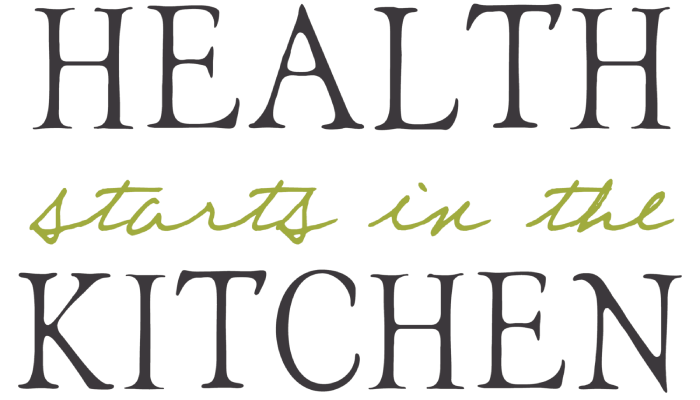
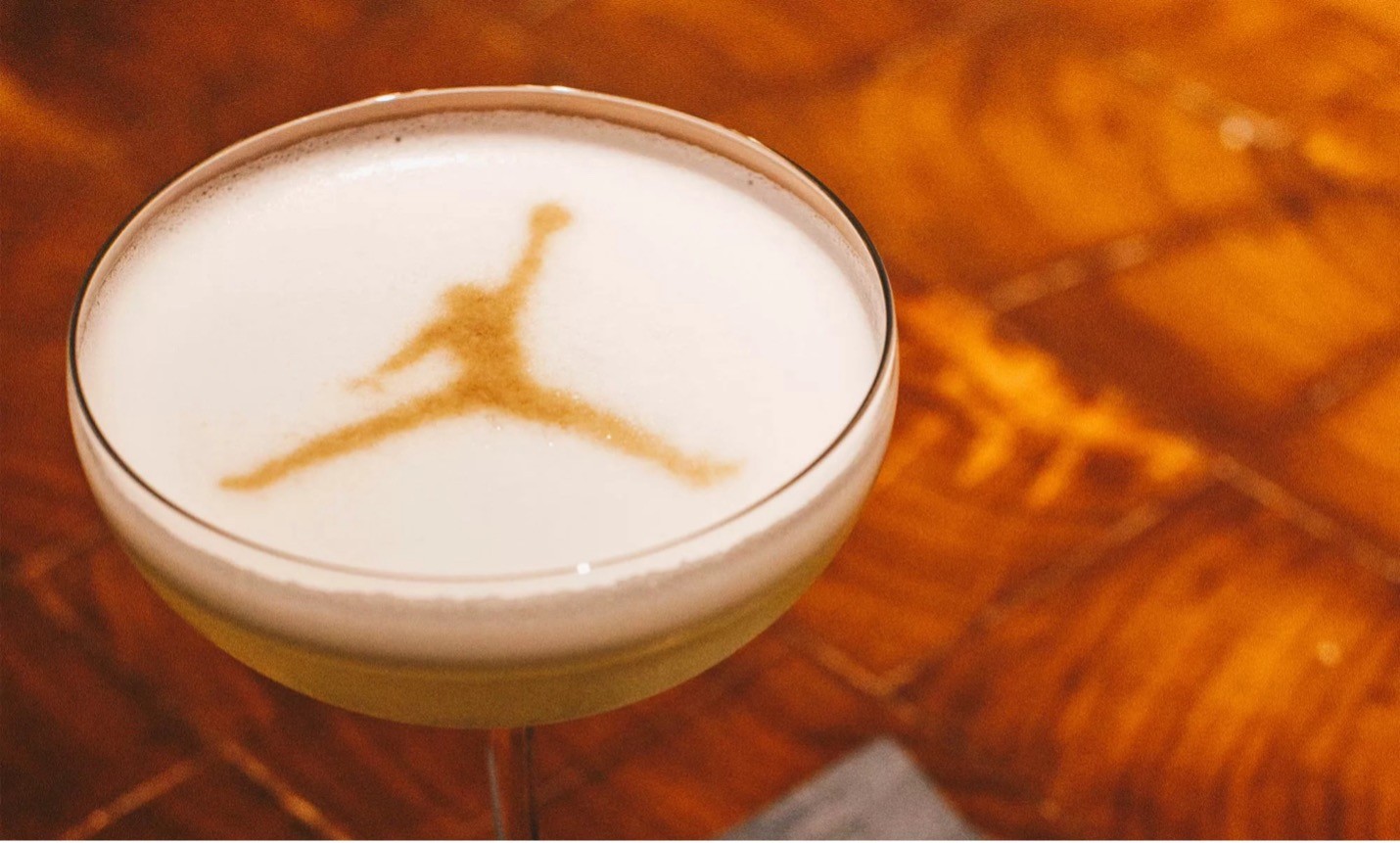
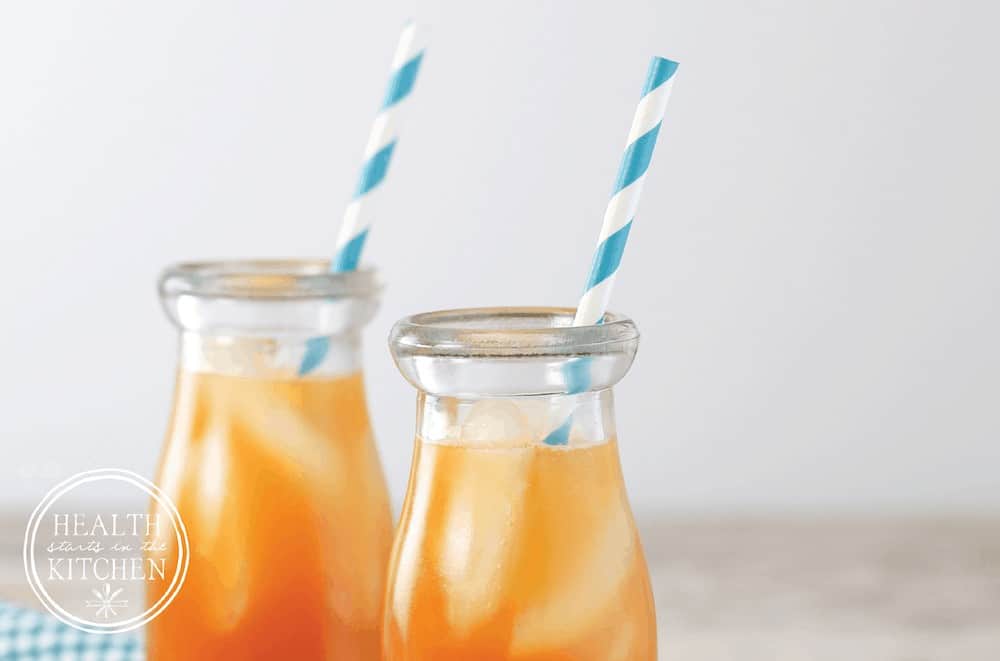
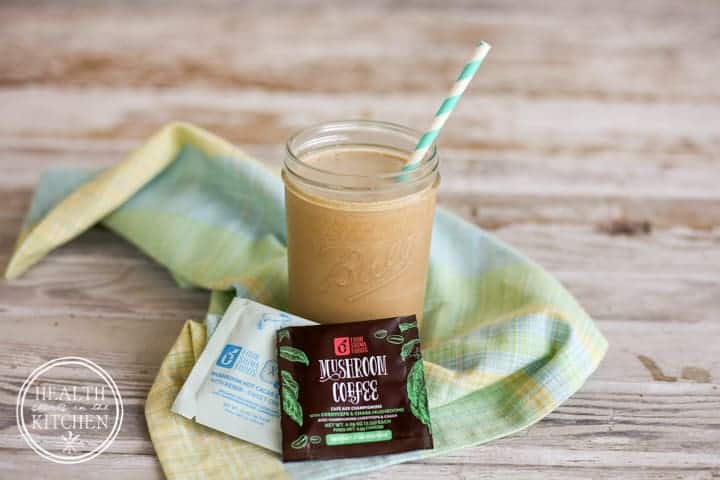
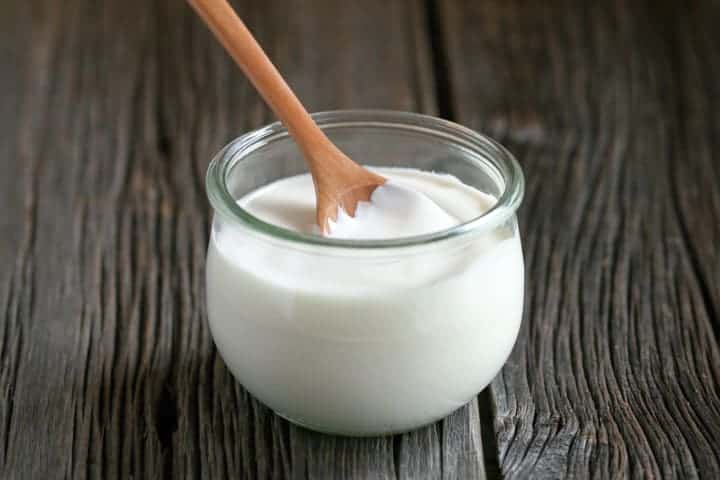
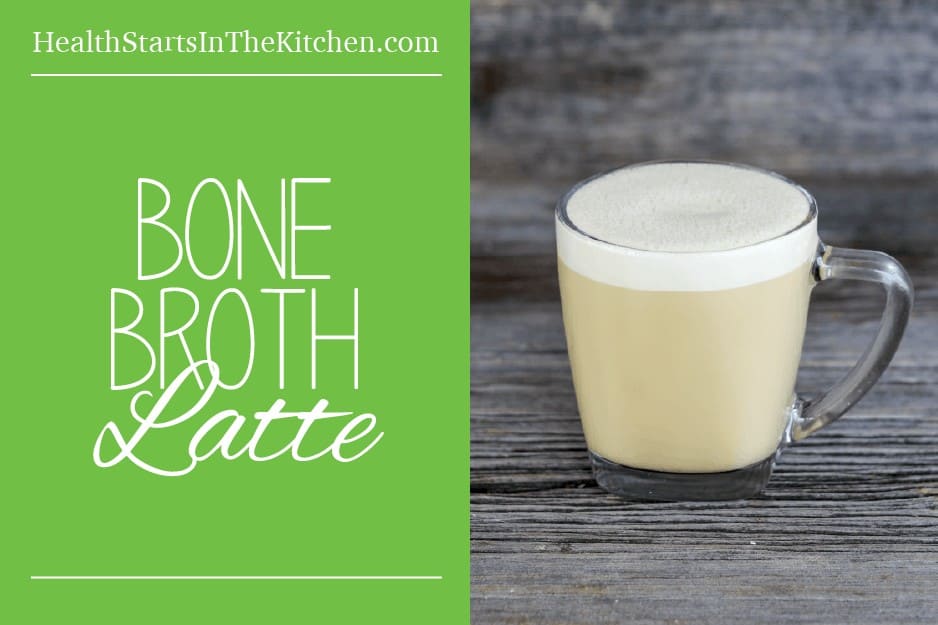
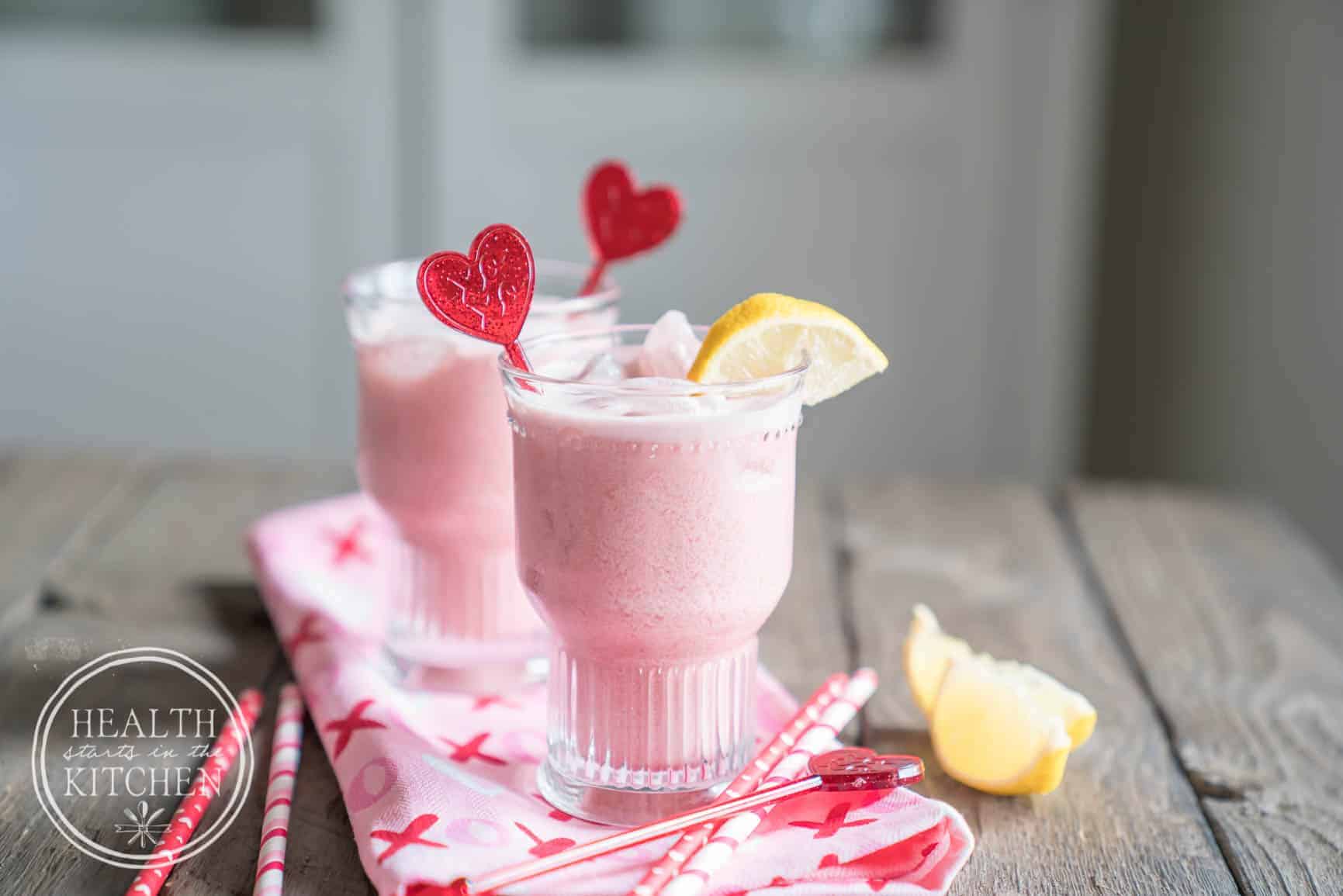
This recipe sounds great! It does not indicate how much water to add. Do I just use the half-gallon jar as my guide and make sure I have enough room for the bowl to weigh down the pineapple scraps?
yep! That is one of the best parts of fermentation and using real food, you don’t need specific measurements!
Can this be made as a low carb beverage by substituting monk fruit or something similar?
I would not advise it. The sugar aids in fermentation. The pineapple alone adds significant sugar/carbs to start the process. This cannot be a low carb beverage.
Thank you for the recipe 🙂
Do you have to ‘burp’ the swing top bottle at all?
not necessary but it’s ok to do as a precaution if your ambient temperature is warm.
Where did you get your glassware for this? Both fermenting jar and bottles for storing drink. Thanks!
The jars are Weck Jars, you can find them on amazon along with various sizes swig top bottles. I think I picked up the small bottle at target
I love this and have been drinking it, I like it as much as the fresh pineapple it was cut from, TBH. So a question….can I use other fruit scraps? Like maybe scrap strawberry tops, apple scraps (cores or peels)…cantaloupe or other melon rinds…What are your thoughts on this?
the theory sounds great, give it a try and let me know how they work out for you!
Approximately how much does this make, can you say? Thanks
In the recipe, I advise to use a roughly 1/2 gallon container. So your finished yield will be less than a 1/2 gallon when we account for the space that the pineapple scraps take up. My best estimation would be roughly 6 cups.
how long can we keep the “ready” trpache for?
it will keep for several weeks in the refrigerator.
Where does the bacteria that ferments these ingredients come from? The surface of the normally discarded pineapple rind? What makes the bacteria on its surface(s) good for us, and how do we know this? And, does that mean bacteria present on or in any fruit is probiotic for us?
Hey Mae, great questions! I’m assuming you are brand new to fermentation and the difference between good bacteria and bad bacteria/germs, right?? I suggest reading my book On Fermentation to learn the details.